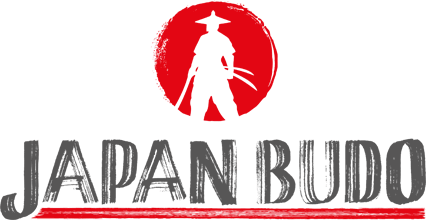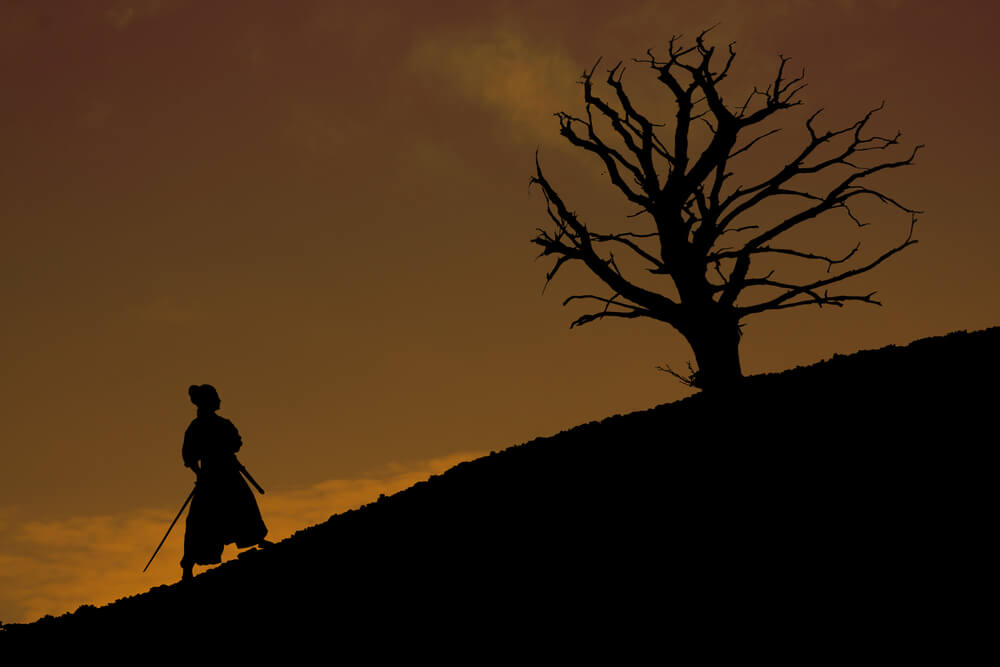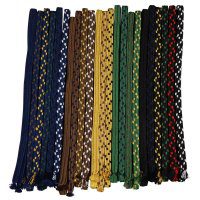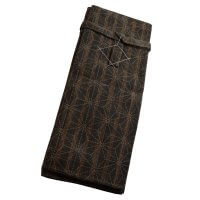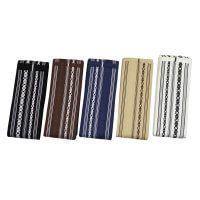Japan is the home of Japanese martial arts. It is in the nature of things that training swords from Japan are best suited to these arts. But apart from this obvious advantage, there are other points in favour of using bokken from Japan.
Bokken from Japan belong to the higher price segment. The care taken in manufacturing simply comes at a certain price. However, it is usually worth paying this price in the long term. In today's article, we take a closer look at this standard in Japanese swordsmanship training.
Why are wooden swords used in Japanese swordsmanship?
These wooden swords, called bokken or bokuto in Japanese, are training swords in Japanese swordsmanship. They have been used for centuries and used to be carved by the practitioners themselves.
Legendary, for example, is the story of Miyamoto Musashi, who is said to be on his way to the famous duel against Sasaki Kojiro is said to have carved a bokken himself from an oar. He competed against his opponent with this and defeated him.
But this is just one curious highlight from the history of training swords. Bokken from Japan are mainly used in daily training.
Wooden swords are used because there is a much lower risk of injury than with a sword with a sharp blade.
What are the characteristics of bokken from Japan
Like most products from Japan in the field of Japanese swords, bokken from Japan are also manufactured with great precision and accuracy.
Naturally, they have excellent balance and are ideal for training.
The wood used is carefully selected to ensure that the finished bokuto is of an appropriate quality.
There are numerous versions of these training swords and some martial arts (e.g. Aikido) use their own modifications, which are tailored to the training requirements of the respective martial art. This is why there are bokken with very different characteristics in terms of length and design.
In our Online shop for bokken from Japan you get the execution that is used in most Budo disciplines.
Why cheap alternatives are often not equivalent
The price of bokken is mainly determined by two factors: the price of the wood used and the labour time required to make it.
These two factors can theoretically be set at the same level anywhere in the world. With bokken from Japan, it is common for both to be in a very good range. Cheaper productions in other countries often skimp on one of the two factors.
Wood quality
It is easy to save on wood quality by processing wood with slight defects. This can often be seen in untreated bokken from outside Japan. For this reason, the wood is often painted over in colour after production.
In the long term, it does not make sense to save on the quality of the wood, especially if the swords are used for training with contact.
Processing quality
Faster processing can save time and make production more cost-effective. The problem with this is that it often results in unsightly side effects, such as uncleanly finished surfaces of the wood or sloppy moulding, which leads to poor handling.
What is very often seen with cheap productions is that the edge between the handle and the start of the "blade" is not properly finished, which means that the blade does not fit properly.
How the market for bokken from Japan is changing
Unfortunately, the global timber market has been showing a negative trend for the future prospects of bokken for some years now.
Wood is becoming increasingly scarce and therefore much more expensive, or considerable compromises have to be made in terms of quality.
Just a few years ago, training swords were available in woods that are hardly available today. Like ebony, the quality of which has deteriorated considerably compared to the specimens of 10 years ago, despite rising prices.
Anyone familiar with the range in our shop will also know that it has shrunk considerably in the last year alone. Some woods that were standard just a few months ago are now hardly available on the market in sufficient quality for affordable bokken.
- Bokken made from Isu wood have more or less disappeared from the market
- Bokken made from camellia wood are hard to come by
even with Bokken made from red oakwhich actually belong to the normal standard bokken, there are already supply shortages in some cases.
Bokken made from white oak (Japanese: Shiro Kashi) are currently the standard bokken from Japan and we hope that we can continue to supply them for as long as possible. At the very least, we can expect mixed availability and price increases over the next few years. Anything else would be a very big surprise.
